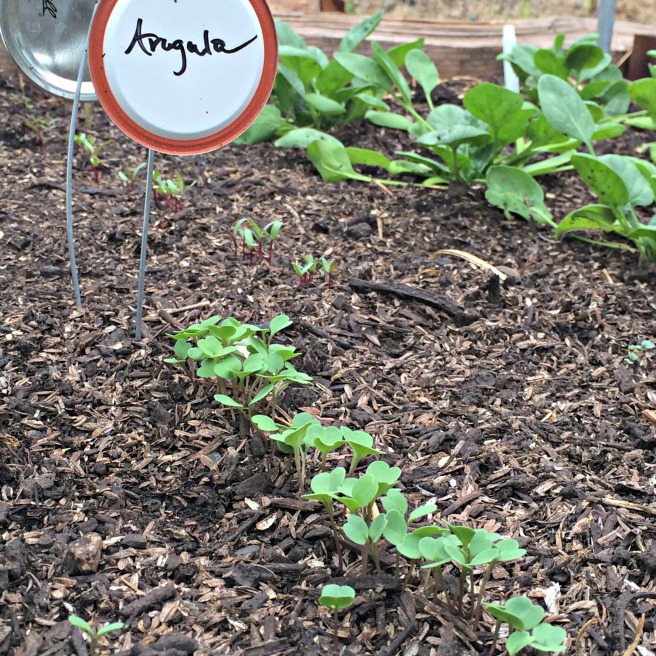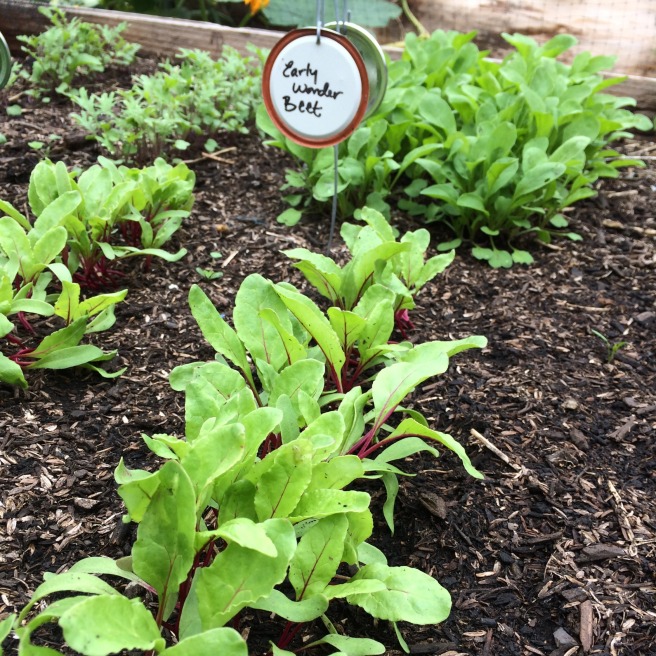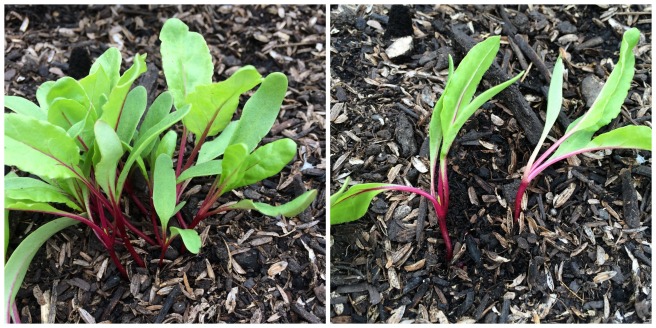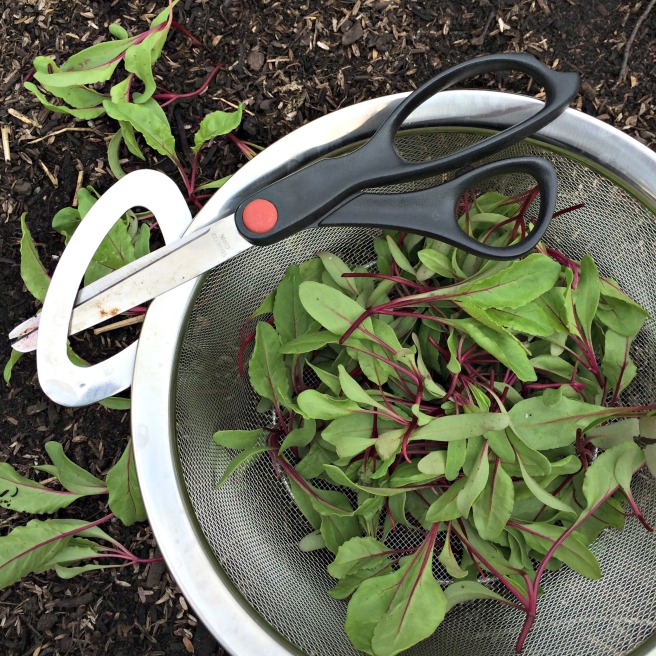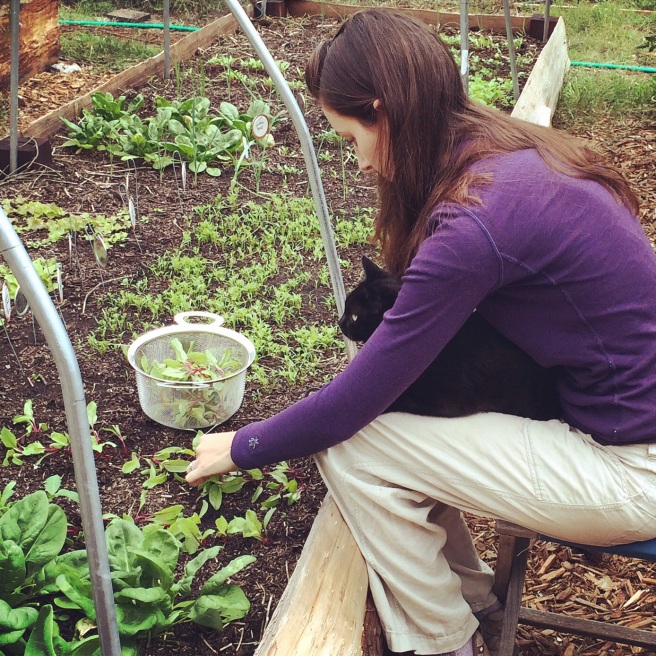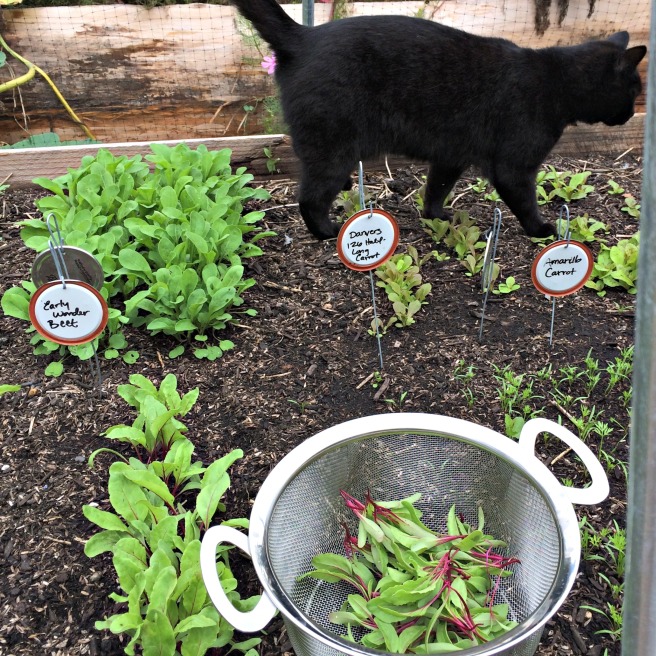We are now into the 2nd month of 2015 and we’ve seen little, if any, “normal” circumstances. We saw a big fat zero inches of rain in January, and very few days of frost (not actually complaining about this- I hate the cold). By the end of this month, we will have gained an hour of daylight, and I’m looking forward to being able to walk though the yard, maybe even do a few garden chores, after I get home from work. With this changing environment, its hard to know what to do when, but here are the general tasks for February.
The Northern California & Sonoma County February Checklist:
- Plant flowering shrubs & vines. Now is the time to get jasmine, azaleas, daphne, hardenbergia, lilac, clematis, roses and the like in the ground.

- Prune summer blooming hedges & shrubs. Rejuvenate summer bloomers, like butterfly bushes, by cutting back woody stems.
- Plant summer blooming bulbs, like dahlias and gladiolus.
- Mulch before weeds take over. The warm weather and somewhat still-wet ground is prime weed conditions. Use sheet-mulching to prevent weeds colonizing on bare ground, or to kill current weeds.
- Feed. Give fall-planted perennials, established trees and shrubs a boost with a 10-10-10 fertilizer. Nourish citrus with special formulated citrus formula. Wait until azaleas, camellias and rhododendrons have bloomed to give them an acid loving formula.
- Plant spring flowers. Seed or plant starts of early blooming plants, like poppies, calendula and sweet peas. Kings Nursery has a great selection of sweet peas right now.
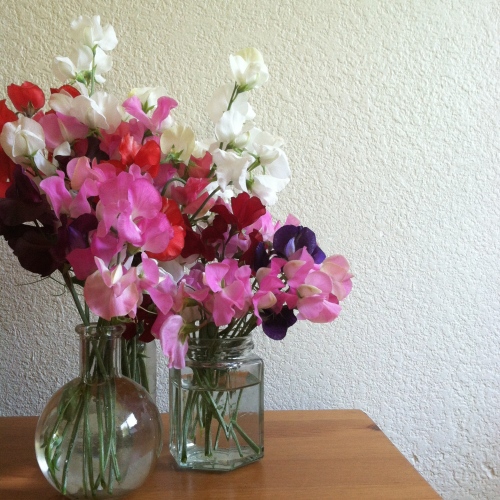
- Divide perennials on summer and fall bloomers, like agapantha, aster and Shasta daises before spring growth starts.
- Watch for frost. With our mid-70 degrees we are having, its hard to imagine we could get frost, but we could! Despite the Spring-like weather, we are still technically still in Winter, and February can be one of the coldest months. Technically.
- Water if needed. Normally, February gets inches of rain, but so far 2015 is not looking good. Its sad to say this, but without rain, it may be necessary to water. Consider capturing water from the bathtub or from washing veggies to supplement irrigation. I’m watering the asparagus and strawberry bed, about once a week, but holding off on the brassica beds because they are almost finished. But I have faith, my birthday is at the end of the month and it has rained on 90% of my birthdays. And, the forecast also says we have a chance for later this week!
- Buy seed potatoes, for planting out in March. Buy locally from Harmony, or order online from Peaceful Valley for the best selection. Fancy varieties sell out fast, so as soon as they are available, stock up! Don’t try to plant potatoes from the store, as they are sprayed with an anti-sprouting agent, but ones grown last year or from an organic vendor at a Farmers Market are probably safe.

- Plant Spring veggies, like lettuce, beets, carrots, spinach and peas, by either seed or starts.
- Start Summer veggies from seed inside. Perhaps the best part of February is starting seeds of tomatoes, eggplants and peppers! Most veggies need to be started around 8 weeks before the last frost, which for my area, is the middle of February. Later this week I’ll post a complete timeline & countdown on when to start seeds for the correct pre/post last frost date.

Personal homesteading tasks include taking down the exterior Christmas lights (don’t worry, they aren’t still ON!), continuing working on the fence, continuing on weed control, getting gutters on the hen house, and preparing a space for rain barrels. I’m also accepting birthday wishes and drinks all month long!
I grow plants for many reasons: to please my eyes or to please my soul, to challenge the elements or to challenge my patience, for novelty or for nostalgia, but mostly for the joy in seeing them grow. – David Hobson



